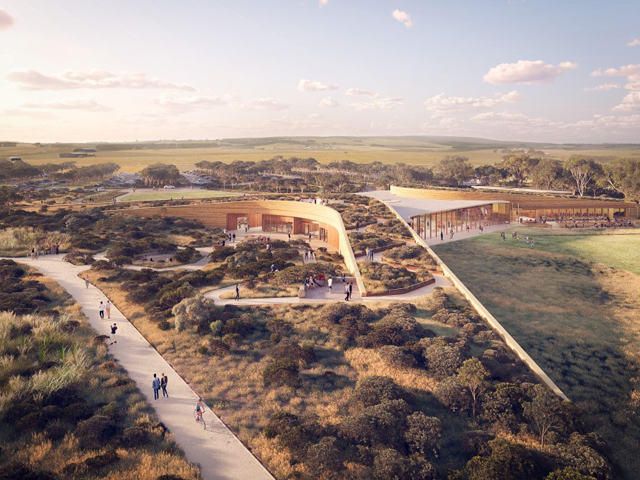FULL STEAM AHEAD ON CANBERRA'S LIGHT RAIL
19 Feb 2025
Aiming to improve transport in one of Australia’s fastest growing cities, construction on Stage 2 of Canberra's new Light Rail project has commenced. The new public transport system will deliver significant economic, environmental and social benefits.

The Australasian Railway Association (ARA) has welcomed the official start of construction of the Stage 2A extension from Civic to Commonwealth Park earlier this week. The Light Rail Stage 2A will build three new stops, extending the light rail from Alinga Street and will be located at:
- Edinburgh Avenue
- City South
- Commonwealth Park.
The project includes the construction of 1.7 kilometres of new rail line and a new bridge over Parkes Way. This will connect Gungahlin and North Canberra to City West, the ANU, New Acton, Commonwealth Park and Lake Burley Griffin.
"This is about more than just transport, it’s about reshaping the way people move around Canberra and unlocking the growth of our nation’s capital," Federal Infrastructure, Transport, Regional Development and Local Government Minister Catherine King commented.
ARA CEO Caroline Wilkie said the first stage of the Canberra Light Rail had already delivered huge economic, environmental and social benefits to the community with the revitalisation of Northbourne Avenue and around the Dickson precinct.
“The project has facilitated hundreds of millions of dollars in private investment and completely transformed the gateway corridor into the nation’s capital. This level of urban development and revitalisation is due to the certainty that permanent public transport infrastructure such as light rail provides.”
ARA research shows that light rail can move between 4,000 and 20,000 people per hour in one direction in space equivalent to one lane of road traffic. The same space dedicated to an arterial road lane could move only 800 cars (or less than 1,000 people) per hour, while the same space dedicated to buses would move between 2,000 and 8,000 people per hour, according to the ARA’s report, The Renaissance of Light Rail.
Final testing and commissioning of the light rail vehicles will happen throughout 2027. The new stops will be operational in 2028.







